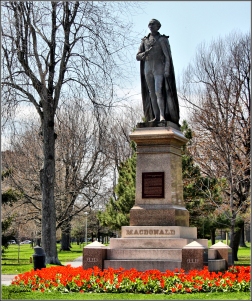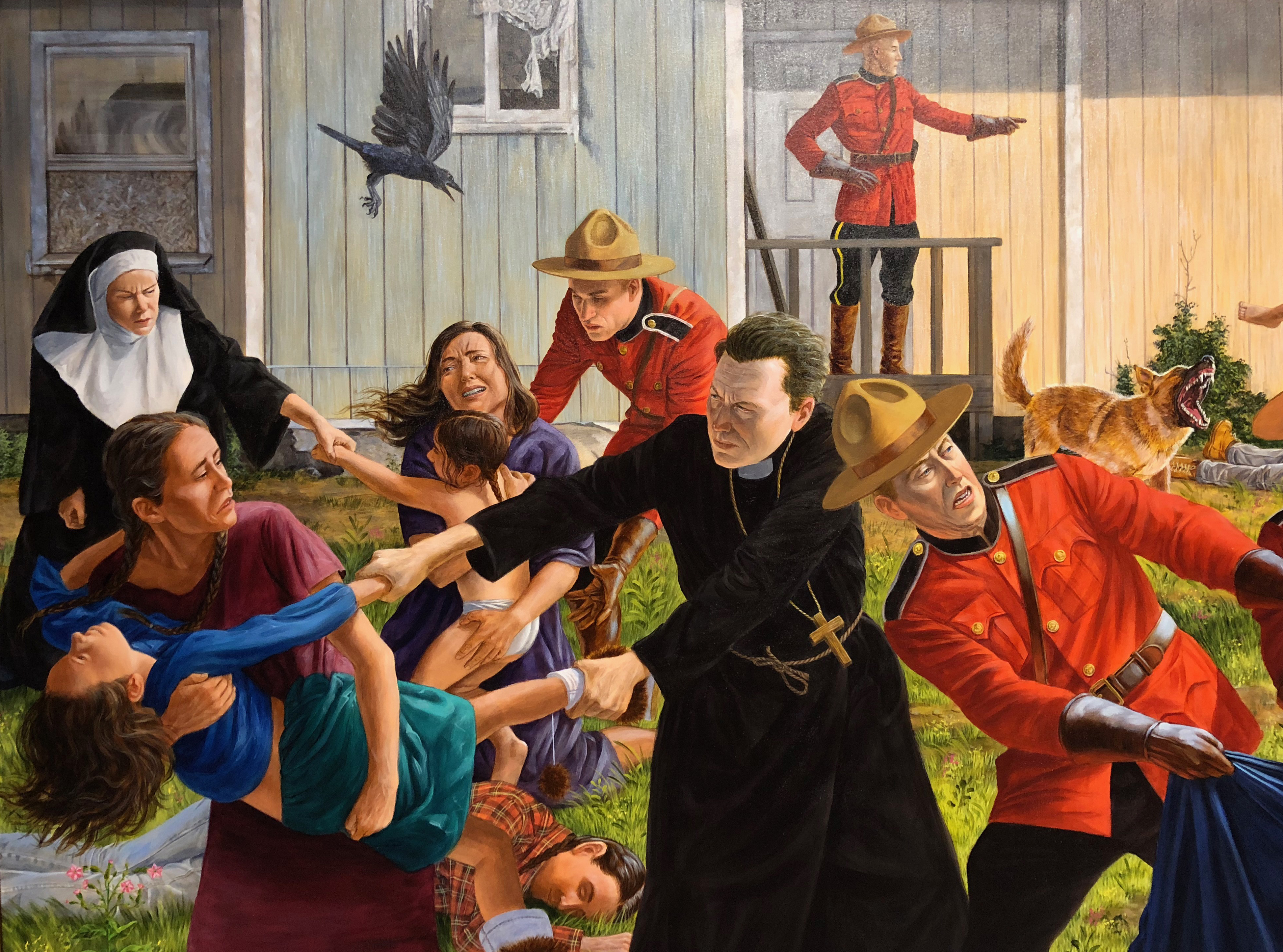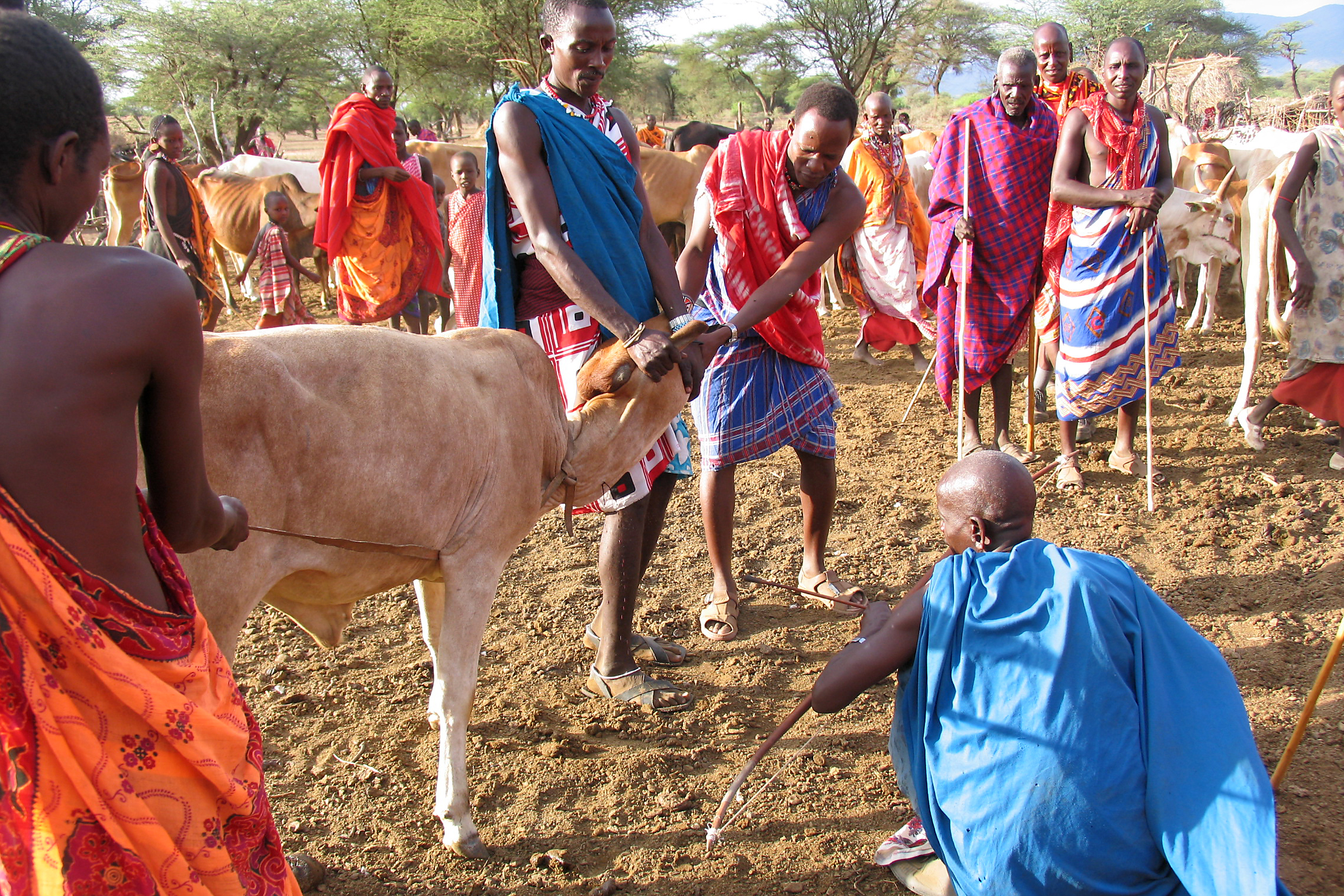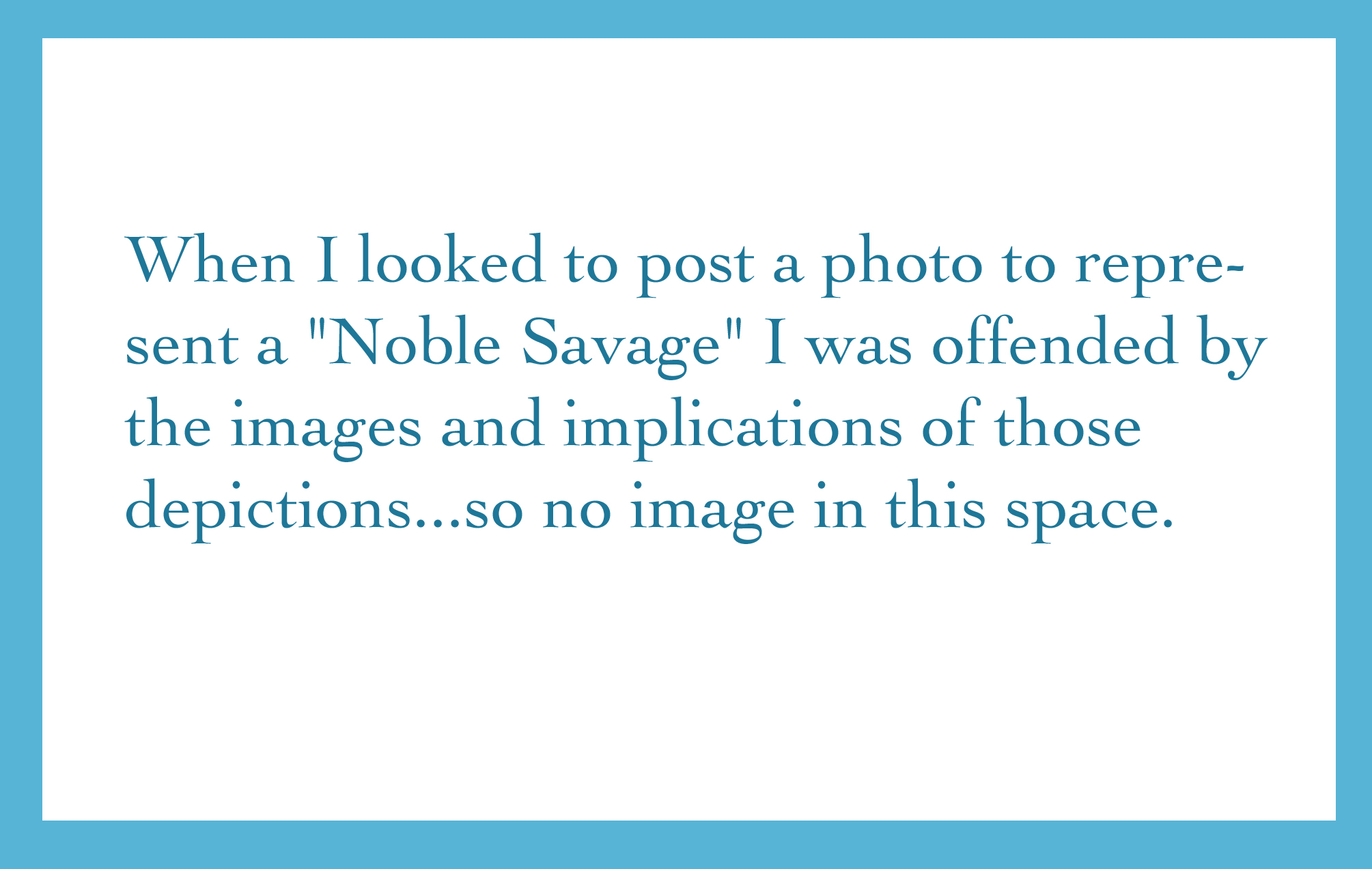Kenyans are used to dealing with illnesses that threaten their well-being.
Malaria is ever-present. I figure that malaria poses a much greater threat to me as a visitor than COVID as I visit Kenya and I take daily prophylaxis to protect me. Malaria can cause fever, malaise, muscle aches, headache and sometime death. Better medical management choices, rapid tests for malaria, and recent introduction of immunization for infants will soon reduce the prevalence and morbidity in Kenya (and other tropical countries) from malaria.
Africans have also been living with HIV for over 20 years now. Although HIV/AIDS was devastating a few years back it has become manageable with education and effective management. New cases of HIV are now much less common.
Preexposure Prophylaxis (PREP) and Postexposure Prophlaxis (PEP) are now available and medical management of AIDS has come down to one pill a day and an every six month checkup at a local health facility instead of 10 pills daily on a regimented schedule and monthly visits to a special clinic that is not close to home. A test and treat model whereby newly diagnosed cases are immediately put on antiretrovirals rather than waiting until their health indicators are deteriorating has reduced morbidity has made a huge difference.
When I traveled here in 2004 the prevalence of HIV was over 40% in one of the communities I frequently visited. Today I am told that new cases are much, much less common and most of the patients with HIV are long-standing and receiving effective ongoing care. In 2004, Kenyan life expectancy was 48 compared to Canada’s 81. Today it averages 68.
What about COVID? The recent COVID pandemic has disrupted the Kenyan economy and health as it has around the world.
During tHe height of the pandemic last year Kenyan Public Health authorities instituted a strict lockdown. Schools and most businesses were closed for over a year. There was a curfew imposed from 7pm to 6 am for over three months with the penalty for breaking the curfew being arrest. Hand washing and masks were required, along with frequent temperature checks before entering indoor establishments or stores. Gatherings for funerals or weddings were restricted. Masks were required in all public transportation including matatus (the ever present taxi vans often stuffed to the brim with 14 passengers) Vaccination was delayed but gradually became available (AstraZeneca) in mid to late 2021. Pfizer boosters have recently become available but, as in Canada, calling it a booster rather than a third scheduled shot to complete protection is making it seem optional to many and uptake is less.

There has been no easy way to determine how many were infected. My friends tell me that older folks were dying of short catastrophic illnesses but there was no way to know if it was COVID because testing was not readily available.
Businesses and individuals who worked in the hospitality/tourism sector suffered financially. Small street vendors were limited in how they could sell their wares or foods. There was no financial social assistance. It was a struggle.
Now, in September 2022, things look like they are returning to normal. Some people tell me that they think they probably had COVID as they had the common symptoms but no one really knows for sure. I have seen no one wearing a mask in the week that I have been living in this rural community. When I arrived there were a few masks in the airport and on the plane. This was requested but not required. No one talks about COVID unless I question them.

Western countries, Have an older demographic and have more diseases associated with aging like heart disease and diabetes and cancer. More people in these countries will require intensive management of COVID or even die from it because of the increased vulnerability caused by advanced age or co-morbidities. These cases do exist in Kenya, too, but they are difficult to diagnose because of lack of testing and little management that patients could access (ventilation or even oxygen therapy) unless they are well-off and live in a larger urban centre.

So Kenyans have a couple of things going for them in terms of COVID. The much younger population are not as likely to become severely ill and if they acquire COVID at school or in the community they will develop natural immunity that might be boosted with recurring mild infections. They also have a warm climate here and folks spend most of their time outdoors. Weddings and funerals and other gatherings are mainly outdoors and homes have open doors and windows much of the time to improve ventilation. Vaccination is now available to them as well. The challenge now is how to encourage them to get it . The poorer uptake of the “booster” is mainly due to thinking it is optional rather than the resistance seen in North America by folks who think it is impacting their “freedom”.
What’s next? There has recently been a small outbreak of Ebola in Uganda and another suspected case in Kenya. The border between Kenya and Uganda has been closed. Hopefully, this will be contained as in the past. We have seen how HIV and COVID can insidiously invade a community.the fear is always that Ebola will become more difficult to manage as well.

NOTE: This post has a video image. If you are reading the post on an email you must click on the title of the post to be taken to the WordPress site where the video can be streamed.

 This morning I walked past the statue in City Park of Sir John A MacDonald,
This morning I walked past the statue in City Park of Sir John A MacDonald,




